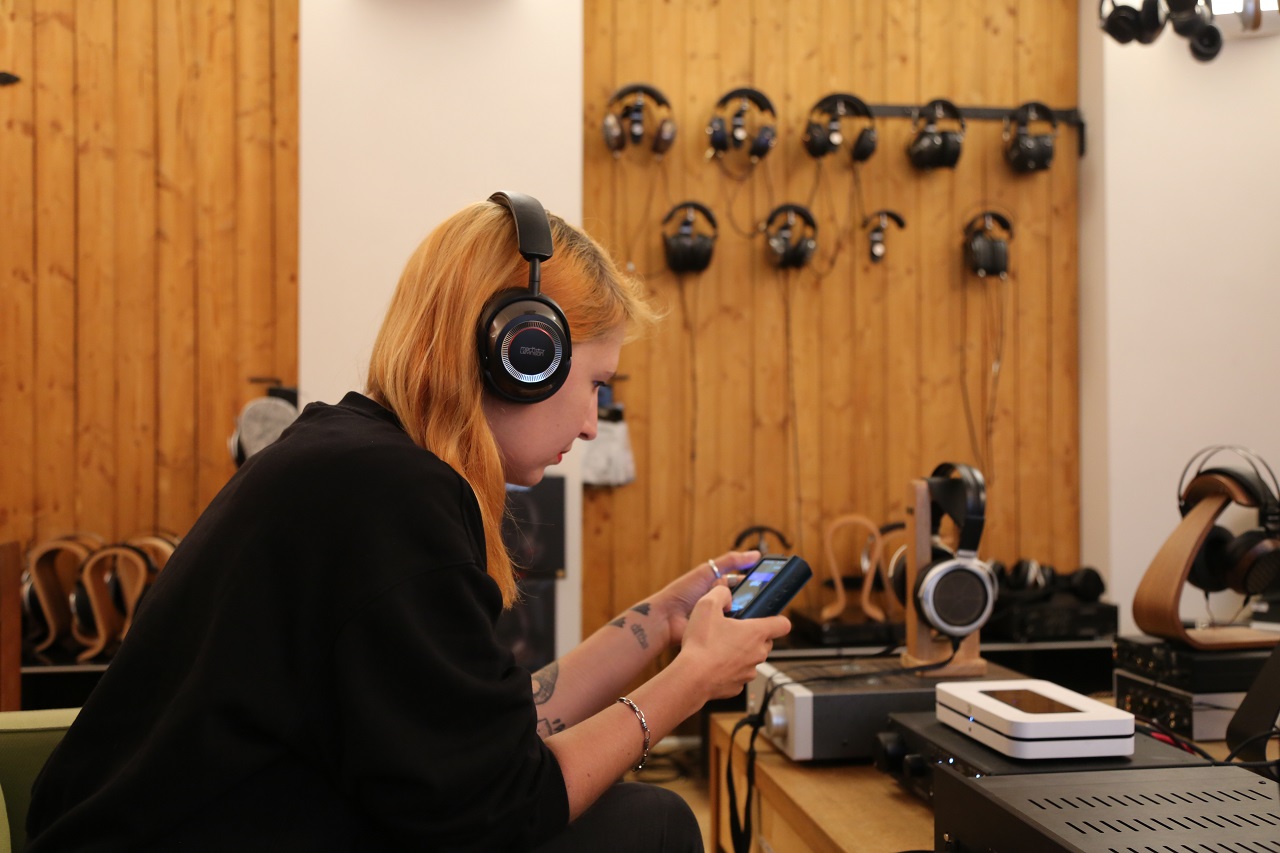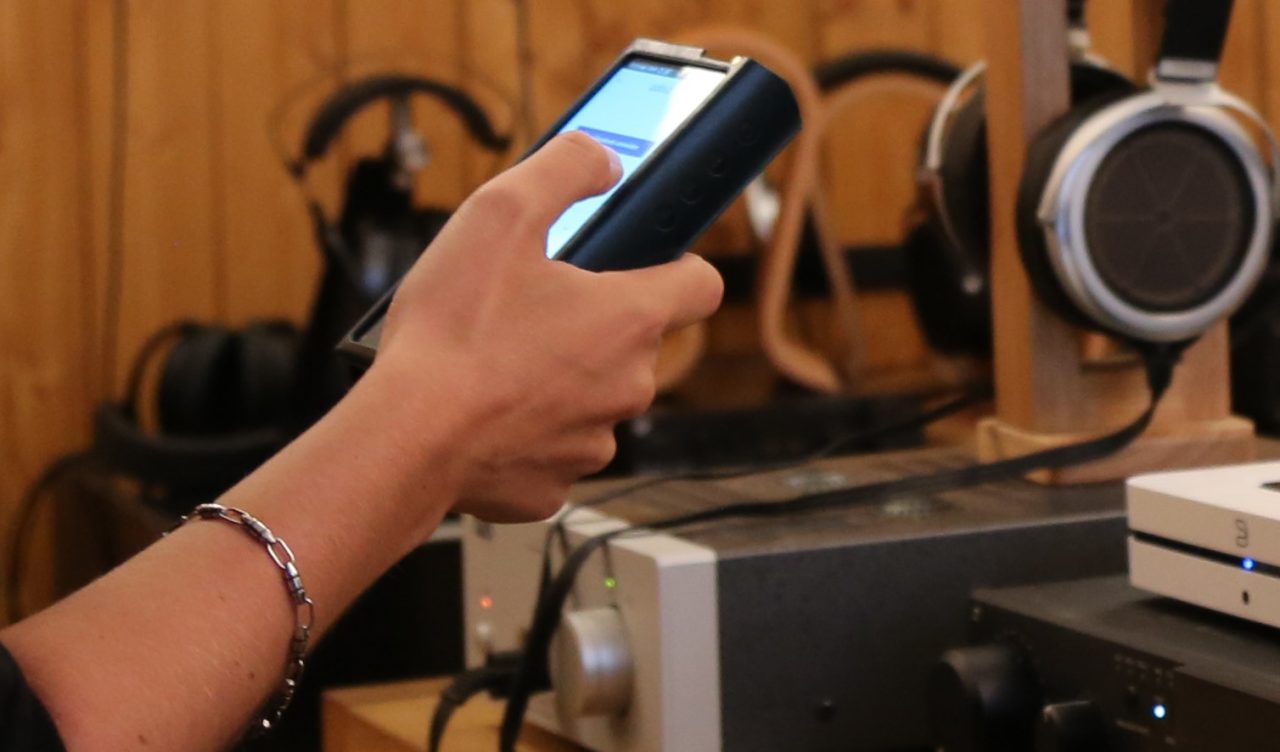Over the last few decades, the way we listen to music has changed a lot. Until the 80s, the vinyl record collection was the ultimate, from the 90s CDs filled our shelves and soon after the MP3 format conquered the music scene and paved the way for music streaming. Today, millions of songs can be accessed at any time, and usually all you need to do is reach for your phone to listen to them when and where you want. There are a variety of subscription options that allow you to listen to unlimited music without advertising. If you take out a music streaming subscription, you usually only get the right to use the music and do not acquire ownership as with a CD, you should know that.
We took a closer look at the various providers and checked them for the following criteria:
- Music selection: How many songs are offered?
- Sound: In which sound quality are they available?
- Extras: Is there any additional content that can be accessed?
Let’s start with the market leader Spotify
Spotify has been the largest and most popular music streaming service for many years, and the number of users is constantly increasing. It’s easy to see why: The service offers more than 83 million songs, but also over four million audio books and exclusive podcasts. There’s never a dull moment – and kids are also well catered for with special features. It is practical that Spotify can be used on different devices with Spotify Connect. Thus, the offer can be played on a variety of different devices, which is of course also offered by the other services. One reason for Spotify’s great popularity is its simple and intuitive operation as well as an algorithm for music or podcast suggestions that is based on listening habits. The Swedish company has clearly hit the nerve of the times and is therefore ahead of the game – simply listening to music while driving, cooking, and sharing the best listening experiences with friends. Here you can see Spotify’s various subscription options for families, students or individuals at a glance.
You can’t really go wrong with Spotify, can you? That’s where the sound quality comes into play. Spotify only offers music in lossy mp3 compression. The streaming providers use different terms for the sound quality offered, so here is a brief explanation.

Sound quality
Compressed or lossy means that music files use less data storage. Compression removes music information that the human ear cannot detect when “listening to music on the side”. However, especially for our clientele, this aspect can be very significant.
Lossless, uncompressed, Hi-Res or HD means a direct copy of the studio recording. If you have good ears and like listening to music, you will notice a clear difference in the direct comparison between the different quality levels. To differentiate themselves from Spotify, competitors like Tidal, Apple Music or Qobuz focus on audiophile target groups and offer the highest playback quality for music fans who want to enjoy their favorite artists on high-quality audio devices. Accordingly, the subscription variants are in the higher price segment.
Qobuz
The French streaming provider Qobuz, which specializes in Hi-Res Audio, offers over 80 million titles in FLAC 24-bit with up to 192 kHz sampling rate. In addition, you get access to exclusive editorial articles from Qobuz Magazine and you can buy and download high-resolution audio files. If you want to own your music, Qobuz is the place to go. Here are the subscription models at a glance.
Tidal
The streaming service Tidal is owned by none other than US rapper Jay-Z and not only impresses with high sound quality, but also wants to reward artists with fair compensation, an aspect with which Spotify, for example, always causes bad news. Tidal offers the option of streaming in FLAC format with 16 bit/44.1 kHz/1411 kbps in CD quality, as well as – with the respective subscription – additionally enjoying available titles in the even higher master quality (MQA format) or even in Dolby Atmos/360 Reality Audio. If fairness and good sound are important to you, you might feel better off with Tidal. Here are the subscription options.
Apple Music
Apple Music also enables lossless HiRes streaming and 3D audio in Dolby Atmos format. About 90 million songs are available and the offer of Hi-Res titles is continuously increasing. Listening to music in the highest quality and 3D audio is included in the subscription. Those who appreciate Apple products will be pleased. Of course, Apple Music is also available on other supported devices, but from Apple to Apple is especially easy and straightforward.

Amazon Music
Let’s turn to Amazon Music: The online shipping giant also offers more than 76 million songs in CD quality, i.e. with 44.1 kHz sampling rate and 16 bit depth. More than 8 million songs are streamable in Ultra HD, i.e. with up to 192 kHz and 24 bits. It supports Dolby Atmos and 360 Reality Audio, or 360 RA from Sony. For Amazon Prime users, the streaming service costs slightly less per month than for new customers. Additional offers like Bundesliga live soccer broadcasts get sports fans on board, which particularly sets Amazon Music apart from the other providers. Here is the monthly price overview.
Deezer
The French streaming service Deezer also offers lossless audio. More than 90 million tracks are available in CD quality, with 44.1 kHz and 16 bits. Also 3D audio, in the form of 360RA. Many Deezer users appreciate the individualized radio station, which adapts to the listener’s preferences. View the offers.
YouTube Music
YouTube Music is also quite a big player: The video portal, which belongs to Google, offers more than 66 million tracks for streaming. Unfortunately, the audio quality of YouTube Music leaves something to be desired. With a maximum of 256 kbps AAC, YouTube Music does not meet audiophile demands. Monthly cost overview
Final Thoughts
Music selection: When it comes to music selection and the number of songs, the different providers don’t have much in common.
Sound quality: The compressed quality is good enough for every normal user with standard equipment. Those who are not well equipped here will do very well with the cheaper rates, which cost around ten euros. Those who want to experience more have to dig deeper into their pockets.
What’s nice is that there is a trial period with every streaming service provider – usually between one and three months. That’s important, because you can look around the music catalog and check whether what you like to listen to is also available in the appropriate quality and whether the extras offered, such as live concerts, podcasts, interviews, and audiobooks, are of interest to you. After all, there is no such thing as the best streaming service provider, but only one that most closely matches your own expectations and needs.



